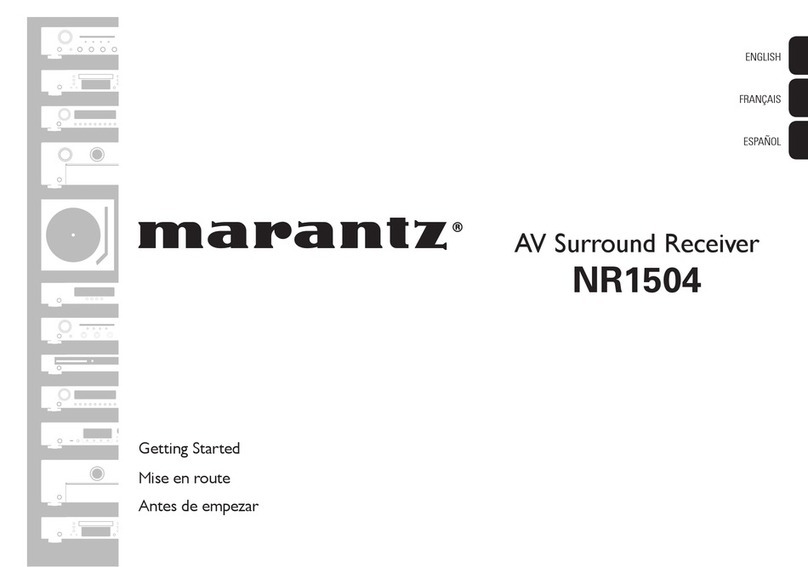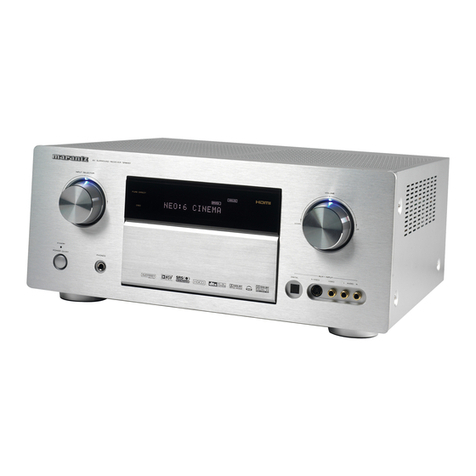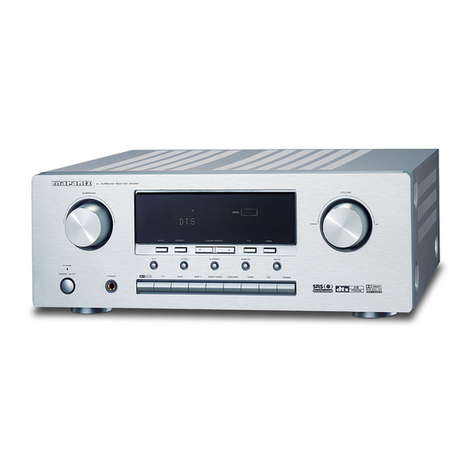Marantz 2215 User manual
Other Marantz Receiver manuals
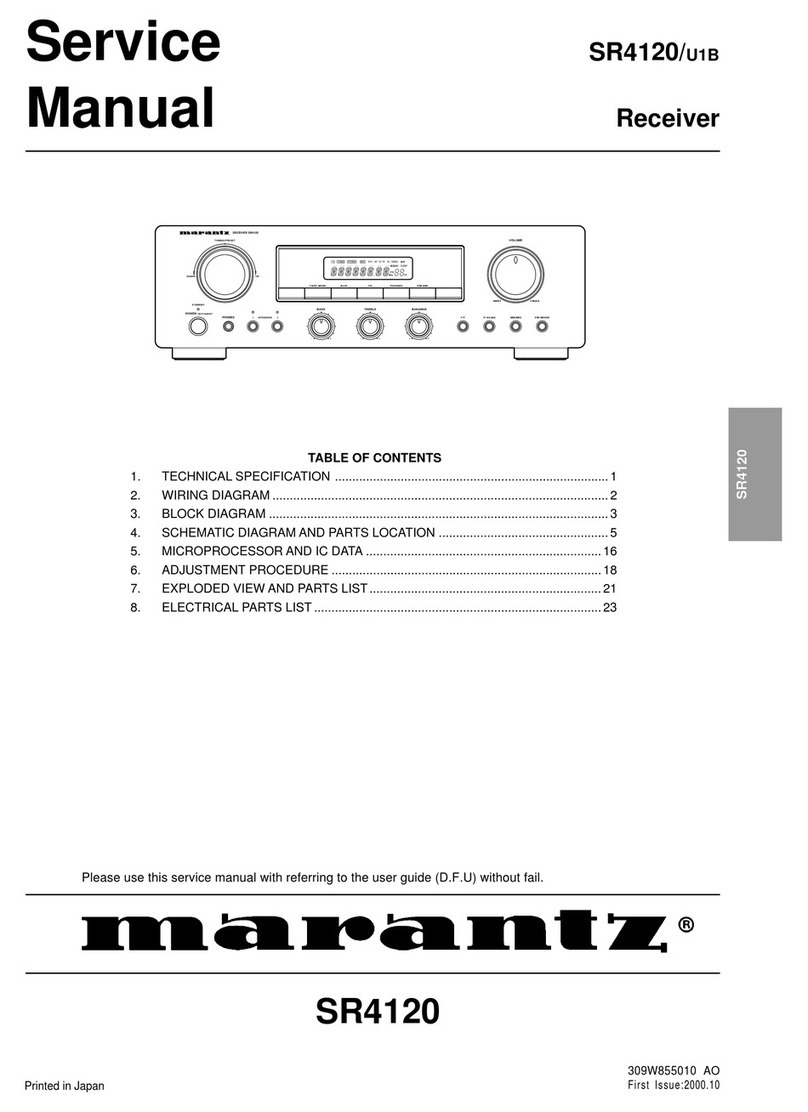
Marantz
Marantz SR4120 User manual

Marantz
Marantz NR1604 User manual
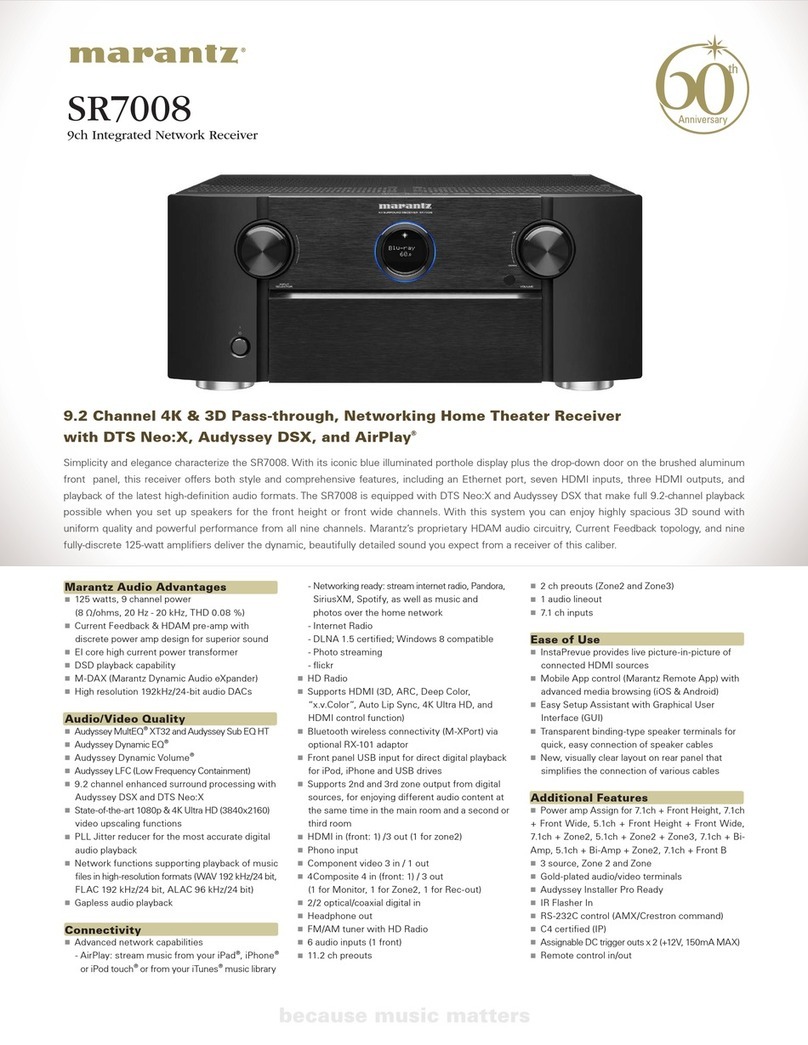
Marantz
Marantz SR7008 User manual
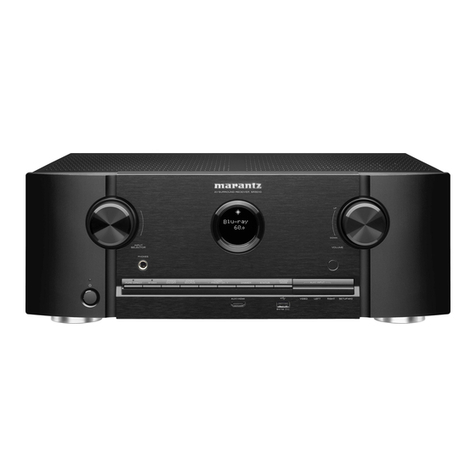
Marantz
Marantz SR5010 User manual
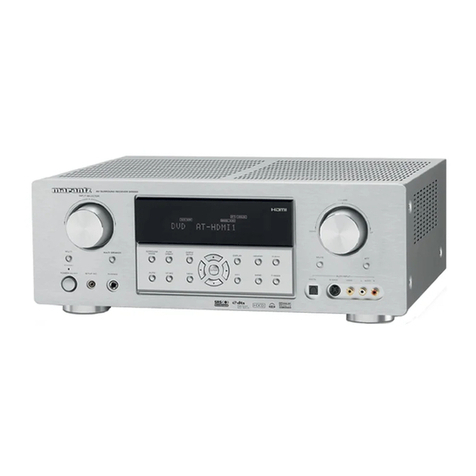
Marantz
Marantz SR5002N1B User manual
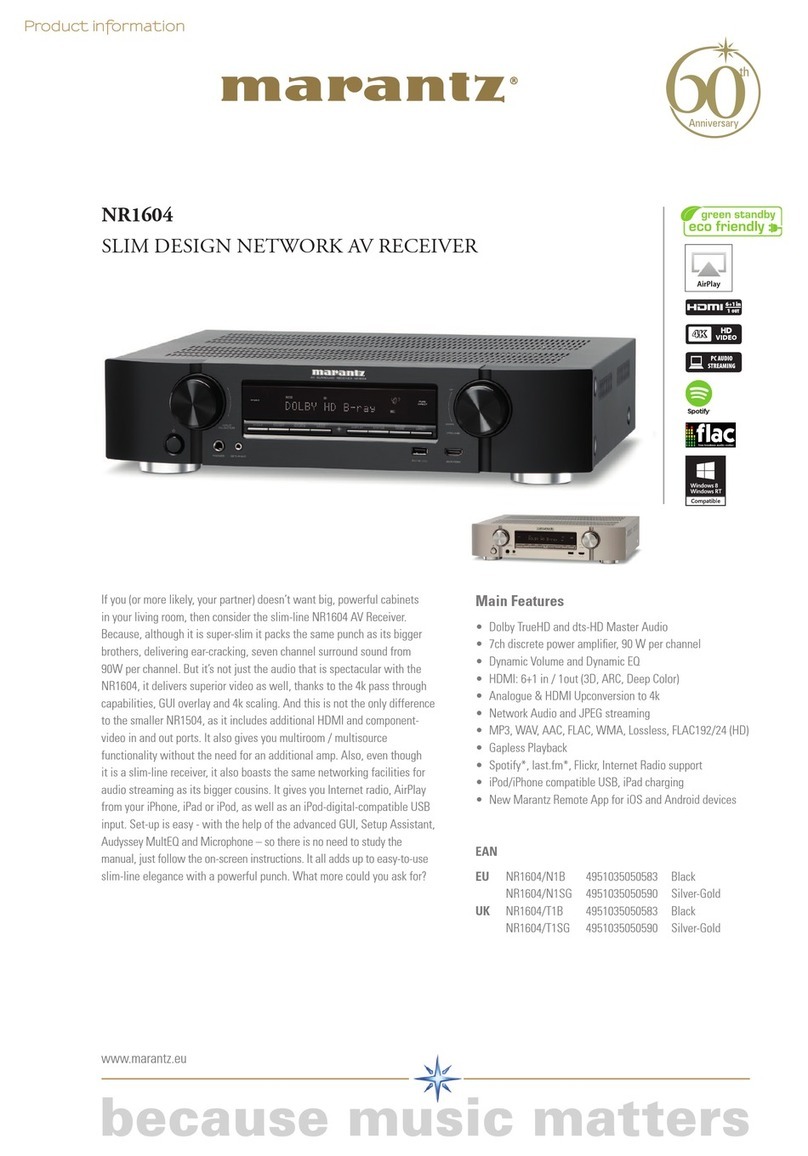
Marantz
Marantz NR1604 User manual
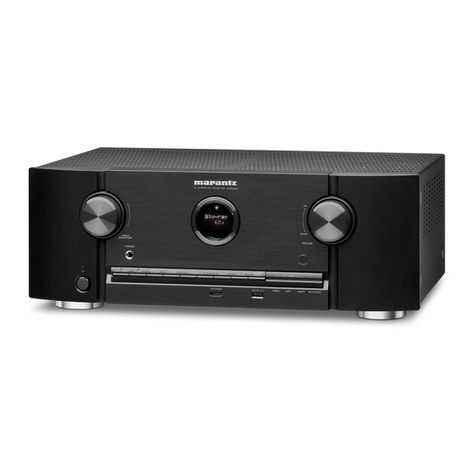
Marantz
Marantz SR5008 User manual
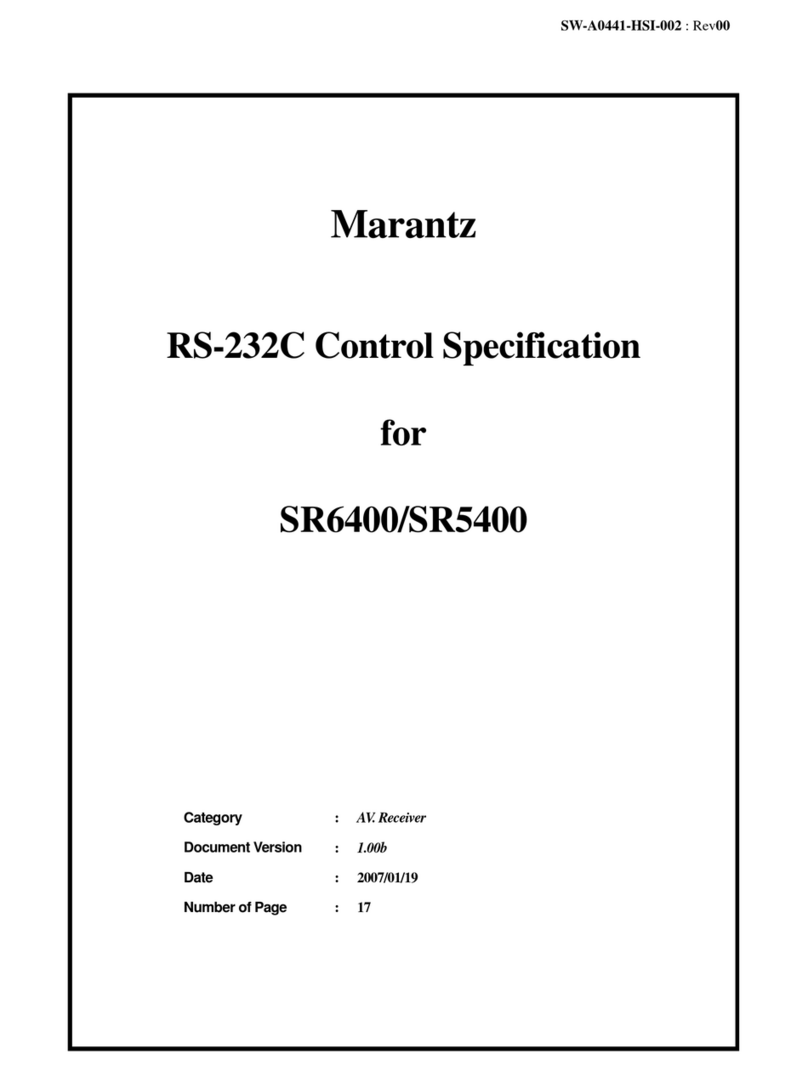
Marantz
Marantz SR5400 User manual
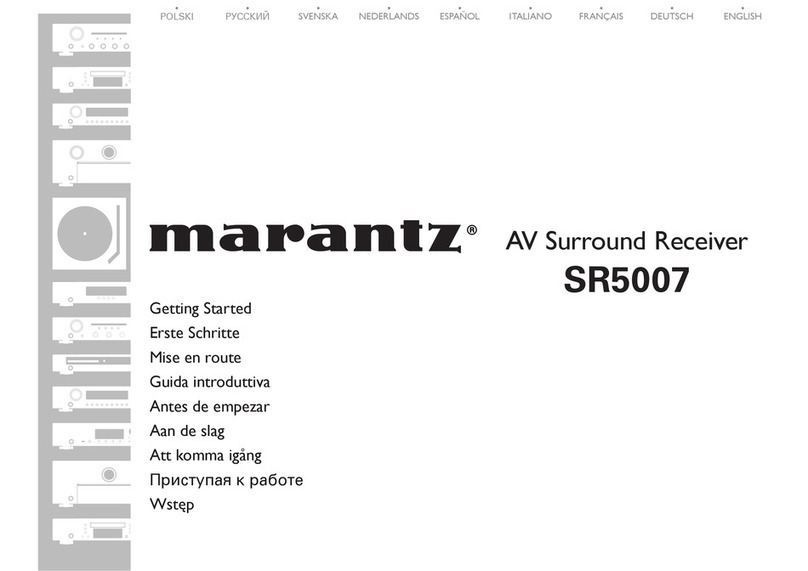
Marantz
Marantz SR5007 User manual
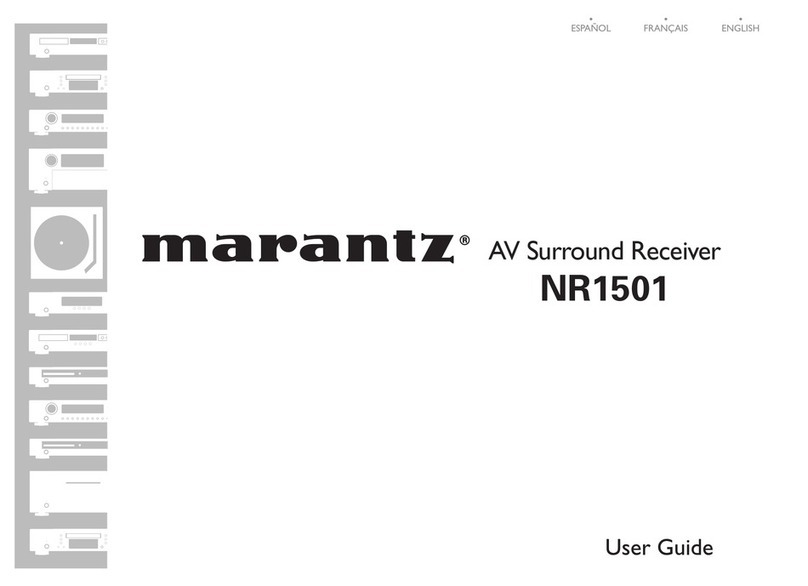
Marantz
Marantz 541110291020M User manual

Marantz
Marantz SR5600 User manual
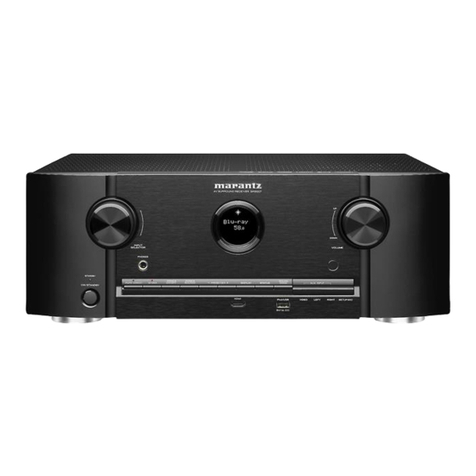
Marantz
Marantz SR5007 User manual

Marantz
Marantz SR-4021 User manual
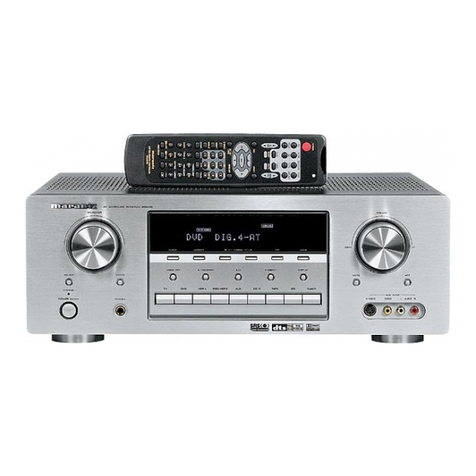
Marantz
Marantz SR5400 User manual
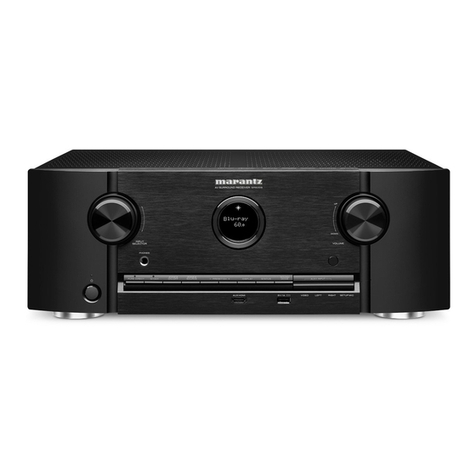
Marantz
Marantz SR6008 User manual
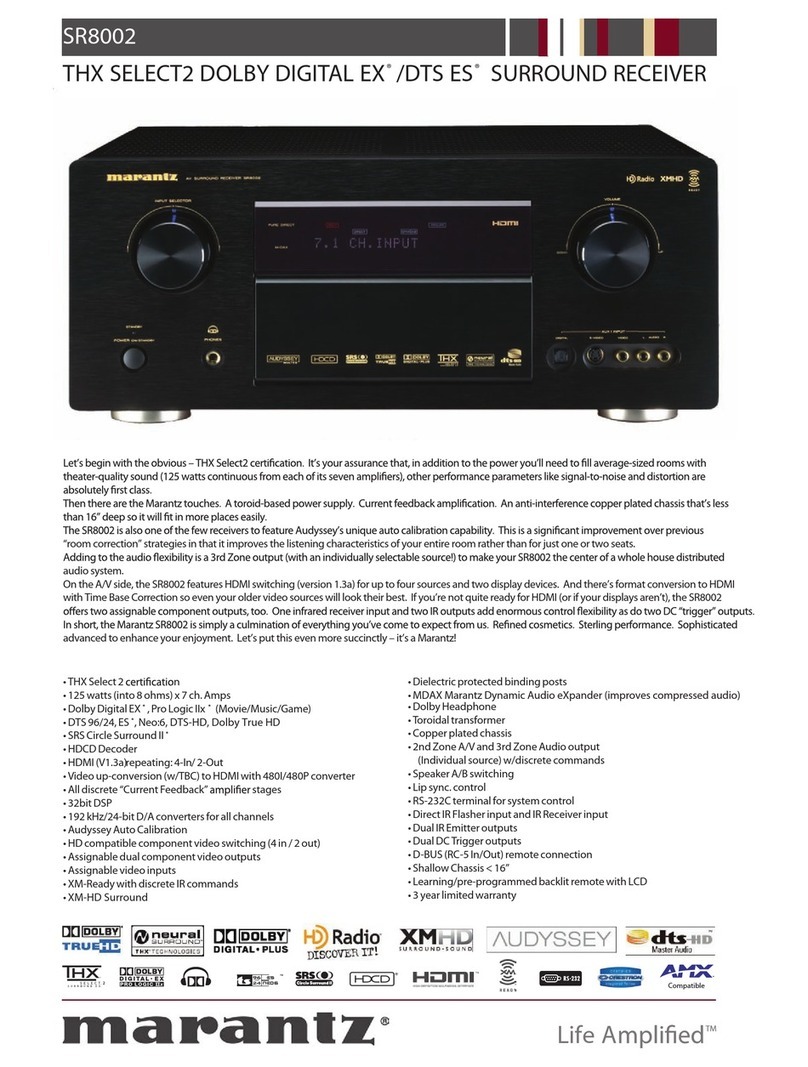
Marantz
Marantz SR8002 User manual
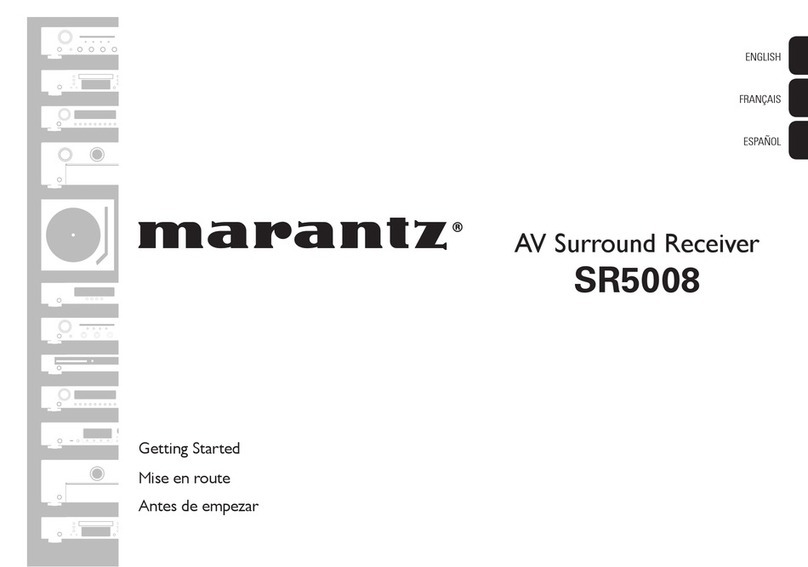
Marantz
Marantz SR5008 User manual
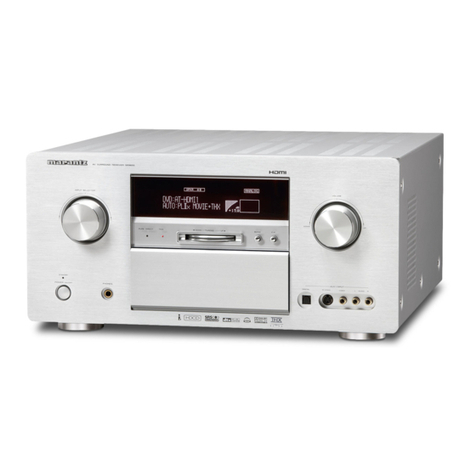
Marantz
Marantz SR9600 User manual

Marantz
Marantz SR5009 User manual
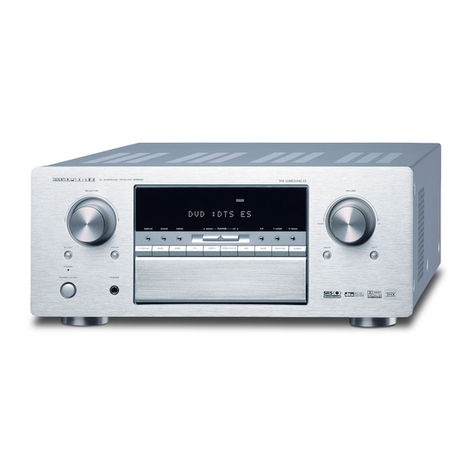
Marantz
Marantz SR8300 User manual
